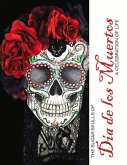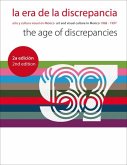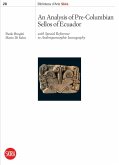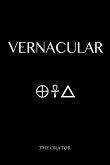BILINGUAL ENGLISH/SPANISH EDITION Buenos Aires's public transportation has never fared well under government control, so today, as for most of the last century--since the stagecoach days--its buses are owned and run by private companies, the collectives. Not only do these ancient machines not come in a single, municipal color scheme, but also no one bus is the same as any other. Buenos Aires City Bus catalogues the painted motifs and altered hood ornaments that identify the buses, and presents interior photographs of their gleaming upholstery. Hearts, flowers, horses, lizards, stars, crowns, top hats and Virgin Marys adorn every surface, as do figureheads, stuffed animals and heart-shaped mirrors. Modifications to lights, gas-tank covers, and manufacturer logos will bring readers' inner hot-rodders to life. Each piece of bouncing, exhaust-belching folk art is signed in curly script. ¿En qué se diferencia el colectivo porteño (¡"invento argentino!") de otros medios de autotransporte urbano y suburbano del resto de las grandes metrópolis? Bueno, eso es lo que este libro pretende registrar: el amor de los choferes puesto en los pequeños detalles ornamentales según una tradición cuyo recorrido comienza con las líneas graficas, el filete porteño, volantes nacarados, incrustaciones, luces, y puede terminar con zapatitos, escarpines, estrellas en techos capitoné y cortinas matelasé. El colectivo porteño conserva (aunque enroscadas) las afirmaciones simbólicas del espíritu nacional (incluyendo la fantasía de un escudo argen-yang). El dandy, el noble, la noche y la buena bebida, encuentran también en este espacio su representación formal. La historia del colectivo puede leerse aquí en secciones tan desopilantes como "confort y discapacidad", "el discurso de la doble animalidad" o" Xuxa y peluche". Buenos Aires da sus espaldas a un río marrón, y la frente al retroceso de los espacios verdes. En desigual batalla, el implacable avance del gris es resistido con estoicismo, en original arco iris, por la paleta de los colectivos. Indique su destino.
Hinweis: Dieser Artikel kann nur an eine deutsche Lieferadresse ausgeliefert werden.
Hinweis: Dieser Artikel kann nur an eine deutsche Lieferadresse ausgeliefert werden.

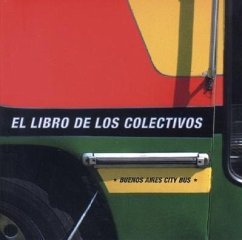
![500 Pre-Columbian Designs from Argentina: 500 Diseños Precolombinos de la Argentina [With DVD] 500 Pre-Columbian Designs from Argentina: 500 Diseños Precolombinos de la Argentina [With DVD]](https://bilder.buecher.de/produkte/28/28920/28920537m.jpg)
